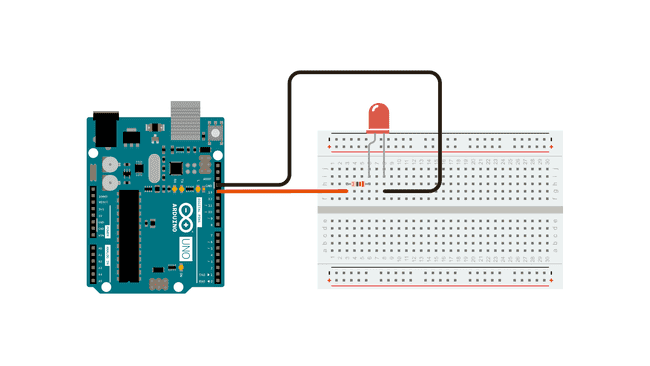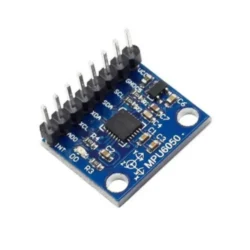Implementing Mahony Filter for Real-time 9-DoF IMU Sensor Fusion on STM32F4 Microcontroller
The Mahony filter is an efficient algorithm for sensor fusion, particularly for integrating data from a 9-DoF IMU (Inertial Measurement Unit) comprising accelerometers, gyroscopes, and magnetometers. This tutorial will guide you through implementing the Mahony filter on an STM32F4 microcontroller to achieve real-time orientation estimation.
Prerequisites
- Basic knowledge of embedded C programming.
- Familiarity with STM32F4 microcontroller architecture.
- Understanding of IMU sensors and their data outputs.
- STM32 development environment set up (e.g., STM32CubeIDE).
Parts/Tools
- STM32F4 Development Board
- 9-DoF IMU Sensor (e.g., MPU-9250)
- Wires and breadboard (for connections)
- STM32CubeIDE or Keil uVision
- Serial communication interface (for debugging)
Steps
- Set Up the Hardware
- Connect the IMU sensor to the STM32F4 board using I2C.
- Ensure power and ground connections are properly made.
- Verify connections using a multimeter.
- Initialize the IMU Sensor
- Include necessary libraries in your project.
- Write a function to initialize the I2C communication.
- Set up the IMU’s configuration settings (e.g., sensitivity, data rate).
void I2C_Init() { // Initialization code for I2C }void IMU_Init() { // Set accelerometer and gyroscope settings } - Implement the Mahony Filter
- Define the Mahony filter parameters and state variables.
- Write the Mahony filter update function.
float q[4] = {1.0f, 0.0f, 0.0f, 0.0f}; // Quaternion float kp = 2.0f; // Proportional gain float ki = 0.005f; // Integral gainvoid Mahony_Update(float gx, float gy, float gz, float ax, float ay, float az, float mx, float my, float mz) { // Filter update code } - Read Sensor Data
- Implement a function to read accelerometer, gyroscope, and magnetometer data.
void Read_IMU_Data(float* ax, float* ay, float* az, float* gx, float* gy, float* gz, float* mx, float* my, float* mz) { // Read data from IMU } - Integrate the Filter in the Main Loop
- In the main function, set up a loop to continuously read sensor data.
int main() { while (1) { float ax, ay, az, gx, gy, gz, mx, my, mz; Read_IMU_Data(&ax, &ay, &az, &gx, &gy, &gz, &mx, &my, &mz); Mahony_Update(gx, gy, gz, ax, ay, az, mx, my, mz); // Output quaternion or Euler angles } }
Troubleshooting
- Sensor Not Responding: Check your I2C connections and ensure the IMU is powered.
- No Output Data: Verify that you are initializing the IMU correctly and the data reading function is working.
- Incorrect Orientation: Adjust the filter gains (kp and ki) based on your application requirements to stabilize the output.
- Communication Errors: Use a logic analyzer to trace I2C communication and verify the addresses and data being sent/received.
Conclusion
By following this tutorial, you have successfully implemented the Mahony filter for real-time 9-DoF IMU sensor fusion on an STM32F4 microcontroller. This setup can be further enhanced by tuning the filter parameters or integrating additional sensor types. Happy coding!



